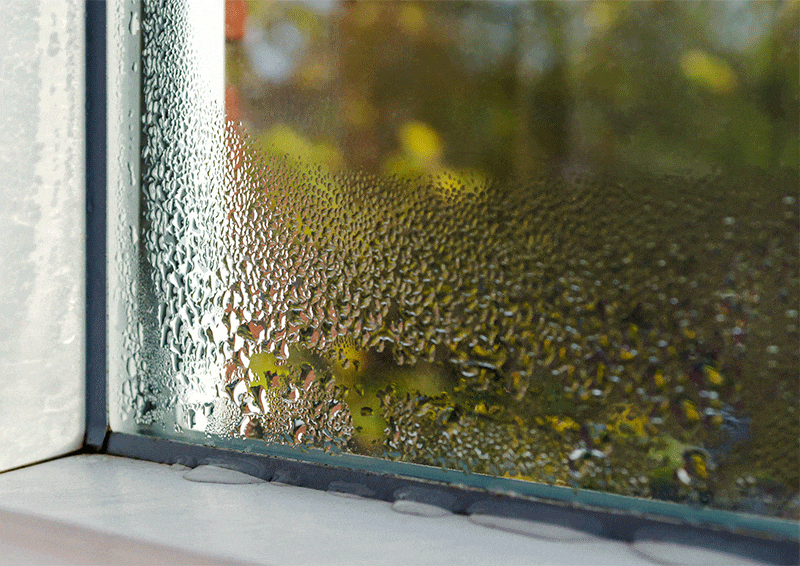What is a Green Building?
In recent years, there has been a growing global interest in sustainable buildings that minimize their impact on the environment and provide a healthy indoor environment for occupants. A green building is a structure that is designed, constructed, operated, and maintained in an environmentally friendly manner. Green buildings go beyond energy efficiency and resource conservation to encompass indoor environmental quality (IEQ), including indoor air quality (IAQ).
Green buildings offer numerous benefits, from environmental and economic to social and health-related. Green buildings can help conserve natural resources, reduce pollution, and save money by reducing energy consumption, water use, and waste production. They also help enhance occupant health, comfort, and productivity, by providing clean air, natural light, and comfortable temperatures. Research shows that green buildings can even increase the value of real estate properties, attract and retain tenants, and contribute to the overall well-being of communities.
Benefits of Green Buildings
- Green buildings help reduce carbon, water, energy and waste. For example, the Department of Energy reviewed 22 LEED-certified buildings managed by the General Services Administration and saw that CO2 emissions were 34% lower, they consumed 25% less energy and 11% less water and diverted more than 80 million tons of waste from landfills.
- According to the EPA, heating and cooling account for about 43% of all energy use in the country, contributing to air pollution and generating the most considerable amounts of greenhouse gases. Green buildings also help reduce indoor air pollutants related to severe health issues by improving energy efficiency.
- A 2018 National Institute of Building Sciences (NBIS) study found that each $1 spent on mitigation activities – such as strengthening buildings and improving drainage conditions – saves $6 in response and recovery costs.
- Green buildings positively affect public health. Improving indoor air quality can reduce absenteeism and work hours affected by asthma, respiratory allergies, depression and stress and self-reported improvements in productivity. USGBC’s research reinforces that employees in LEED green buildings feel happier, healthier and more productive.
- Buildings account for 12% of the total water consumed in the U.S., while the average person uses 80-100 gallons of water per day. Water-efficiency efforts in green buildings help reduce water use, promote rainwater capture, and use non-potable sources.
Key Elements of Green Buildings
The key elements of green buildings are sustainable features and practices that contribute to energy efficiency, water efficiency, and environmental responsibility. Some of the key elements of green buildings include:
Energy Efficiency
Designing and constructing buildings that reduce energy consumption and minimize waste. Energy-efficient lighting, heating and cooling systems, energy-efficient appliances, and equipment can significantly reduce energy costs and contribute to a lower carbon footprint.
Water Efficiency
Designing and constructing buildings that reduce water consumption and minimize waste. Low-flow fixtures, rainwater harvesting systems, and greywater recycling systems can help conserve water resources and reduce water bills.
Indoor Air Quality (IAQ)
Designing and constructing buildings that provide clean air, natural light, and comfortable temperatures. By using high-quality building materials, insulation, and ventilation systems, green buildings can sustainably improve IAQ.
Sustainable Materials
This involves using sustainable and environmentally friendly building materials, such as recycled materials, sustainable wood, and low-emitting materials. By using these materials, green buildings can reduce waste and minimize their environmental impact.
Renewable Energy
This involves incorporating renewable energy sources, such as solar panels and wind turbines, to generate clean and renewable energy. Renewable energy can help reduce the carbon footprint of buildings and contribute to a more sustainable future.
Site Selection & Land Use
This involves selecting sites that are accessible by public transportation, walkable, and have minimal impact on the environment. Green buildings can also incorporate physical features such as green roofs and rain gardens to minimize their impact on the surrounding environment.
Indoor Air Quality Is a Key Component of Green Buildings
Indoor air quality (IAQ) is a crucial element of green buildings, as it directly impacts the health and comfort of building occupants. IAQ refers to the quality of the air inside a building and is affected by various factors, including building materials, ventilation systems, and outdoor air pollution. Poor IAQ can result in health issues, such as allergies, asthma, and respiratory infections, and can negatively impact productivity and overall well-being.
Proper ventilation can help remove pollutants and improve IAQ. Ventilation systems can include air filtration systems that remove contaminants like dust, pollen, and mould spores. HVAC systems are crucial in maintaining a healthy and sustainable indoor environment. Proper design, installation, and maintenance of HVAC systems in green buildings are essential to achieving sustainability goals. In addition, high-efficiency HVAC equipment, such as variable-speed motors, can significantly reduce energy consumption and operating costs.

High-quality HVAC filters can help lower your building’s energy consumption while improving indoor air quality. A great example is the Blade Air – Pro Filter Series. The electrostatic polarized technology is proven to:
- Improve indoor air quality by 2.25x and captures particles 40x smaller than standard filters.
- 2x longer-lasting filter replacement.
- Generate zero Ozone.
- 75% reduction in supply fan motor consumption
The benefits of good IAQ are significant, including improved health, increased productivity, and reduced absenteeism. Studies have shown that good IAQ can lead to a 35% increase in worker productivity. In addition, by prioritizing IAQ in building design and construction, green buildings can provide healthier and more comfortable living and working environments.


